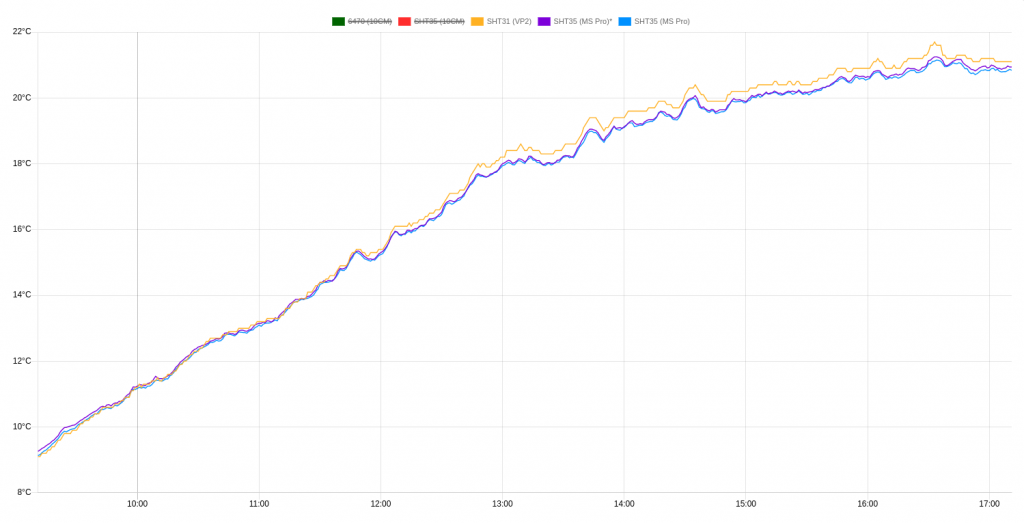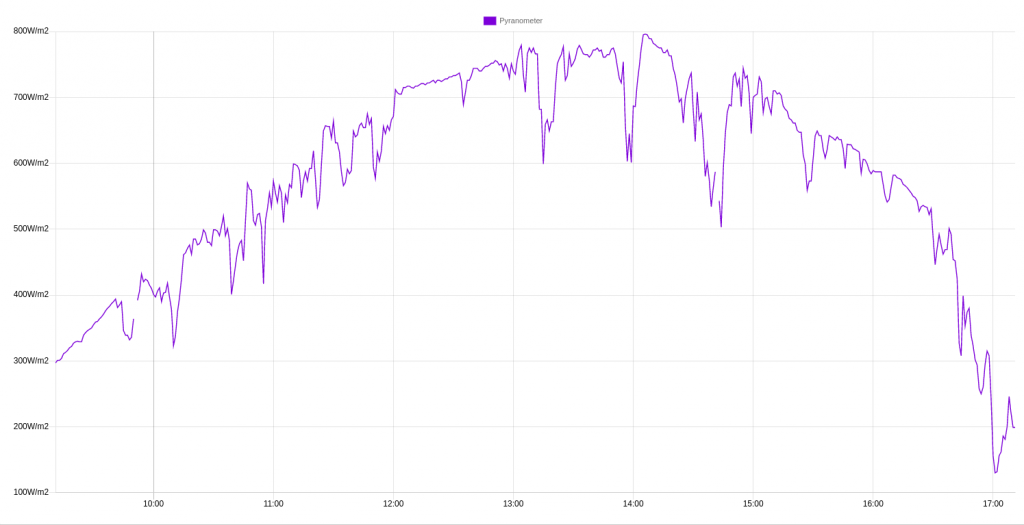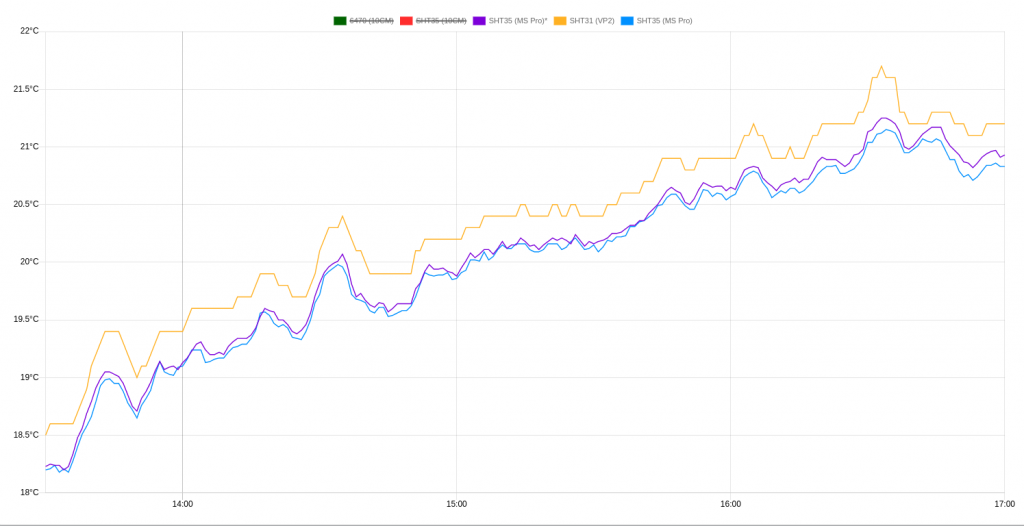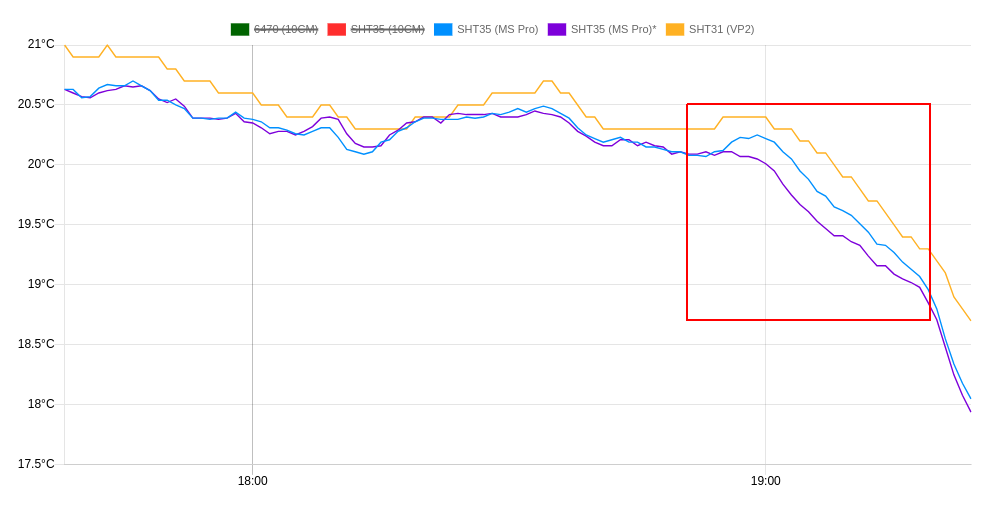Spring is here. Today was the first ‘warm’ day (> 20°C) of the year. Conditions where solar radiation errors will start cropping up in the temperature data.
Accuracy of temperature readings is a surprisingly complex subject. But any attempt to get accurate readings starts with shielding the sensor from direct or indirect sunlight and ensuring air flow around the sensor. Hence the use of radiation shields, which are designed to do just that.
Not all shields are effective in the same way. I’ve been trying a few affordable options for a while now.
Up until the end of 2020, I had the opportunity to compare the results of the Davis SHT31 inside the standard Vantage Pro 2 shield, the Davis 7714 and the Barani Meteo Shield Pro. Since then, I have made some changes to my setup. Because I have been so happy with it, I’ve added another Barani Meteo Shield Pro and dropped a Davis 7714 radiation shield. I’ve also switched my primary sensor from the Davis SHT31 to a (non-Davis) SHT35. This leaves me with two SHT35’s, both housed in the Barani shields, and a Davis SHT31 inside the standard Vantage Pro 2 shield.
Here is the first graph for today. (Below is the solar radiation graph)


Note that, until noon, all sensors pretty much register the same temperatures. After that the SHT31 starts giving higher readings. Here is the data zoomed in for the period between 13:30 and 17:00.

In this period, the two SHT35 sensors read 20.046°C and 20.005°C on average, while the SHT31 reads 3-tenths higher at 20.345°C. At times the difference is a high as 0.6°C. And this is just a sunny day in late March with winds between 1 and 2 meters per second at sensor level. When it gets warmer out and the radiation from the Sun increases further, months like June and July should show bigger effects on the readings.
In August and September 2020, similar divergences were observed between the SHT31’s, with especially the Barani shield performing really well. I have no doubt it is well designed. That said, it is still a passive shield dependent on some degree of wind flow. I am considering ways to test how good it really is by introducing a fan-aspirated shield.
Two other things to note. First, I observe that one of the SHT35’s (the blue line) is consistently slightly cooler during the day. As this is not the case during night time, my current theory is that the placement of the sensors inside the shield is a bit off. The precise height of the sensors inside the shield can make a big difference, I have experienced. If the placement is off, I intend to correct this to see if it makes a difference. Second, I will be checking the difference between the SHT35’s closer to sunset. As seen below, the blue line suddenly makes a small jump just before 19:00.

What accounts for this? One theory I have, is that around that time, the shield represented by the purple line, starts catching some shadow (specifically from the other Barani shield), as they are oriented towards the South and lined up East to West. The roughly 0.2°C seems a lot considering solar radiation has dropped significantly at that time. As said, I will be keeping track of this.
